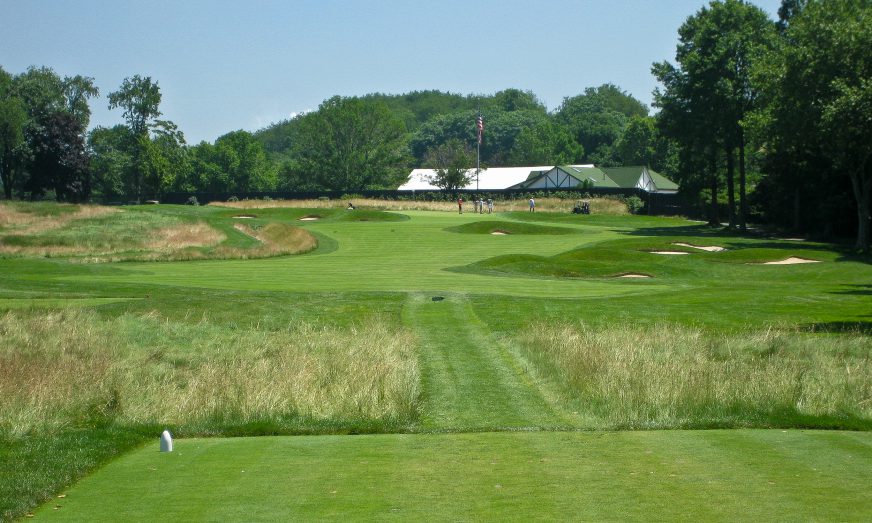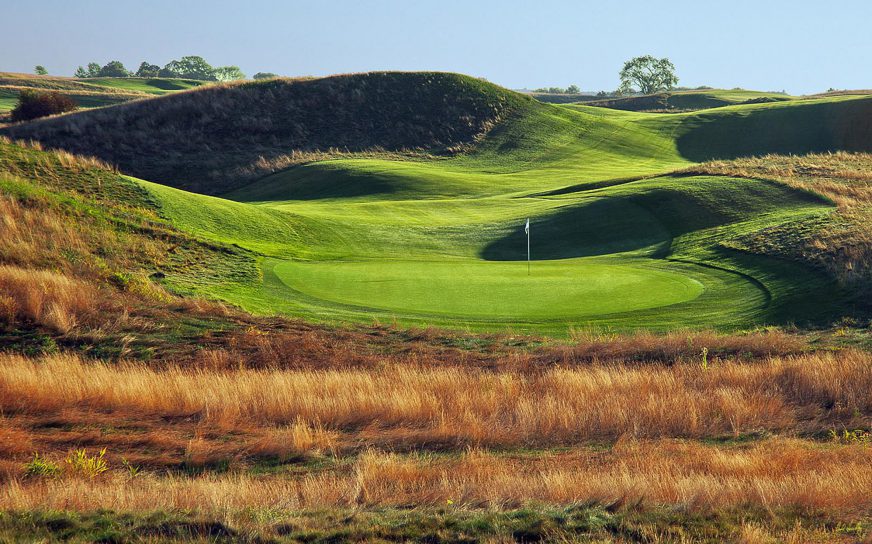In recent years, many golf courses, including many high-end courses that have hosted Major Championships and PGA Tour events, have cut back on the amount of grass they cut on their golf course. They have taken areas where golfers should not normally hit a ball and have cut back on the maintenance to create natural habitats. This strategy creates the following positive impacts on the golf course and the ecosystem.
- Allows us to minimize the amounts of fertilizers and pesticides used.
- Increases wildlife habitat, leading to greater biodiversity. At Dumas GC, employees and customers have noticed increased numbers of hawks and fox. These types of native areas have also been known to attract butterflies, small animals, and birds.
- Native areas protect our drinking water supply and our environment. Plants, particularly dense grasses, located along lakes, ponds, and/or drainage ditches act as a natural, biological filter. These grasses slow runoff and consume fertilizers and pesticides – before chemicals have a chance to reach bodies of water like ponds, lakes, and rivers.
- Greatly reduces fuel consumption and exhaust fumes.
- Reduces maintenance time. Reducing the amount of time required to mow the course allows us to mow the “good” grass more often – which results in higher quality turf. Allows us to focus our labor on areas where the game is primarily played (Greens, tees, and fairways)
- Reduces equipment wear and tear allowing longer equipment life and more efficient operation of the golf course.
Beginning in 2015, native areas were identified and maintained at Beaver Creek and Woody Dumas golf courses. These areas add to the natural beauty of the golf courses and show how a highly-maintained golf course area can co-exist with areas maintained in a more natural parkland manner.



